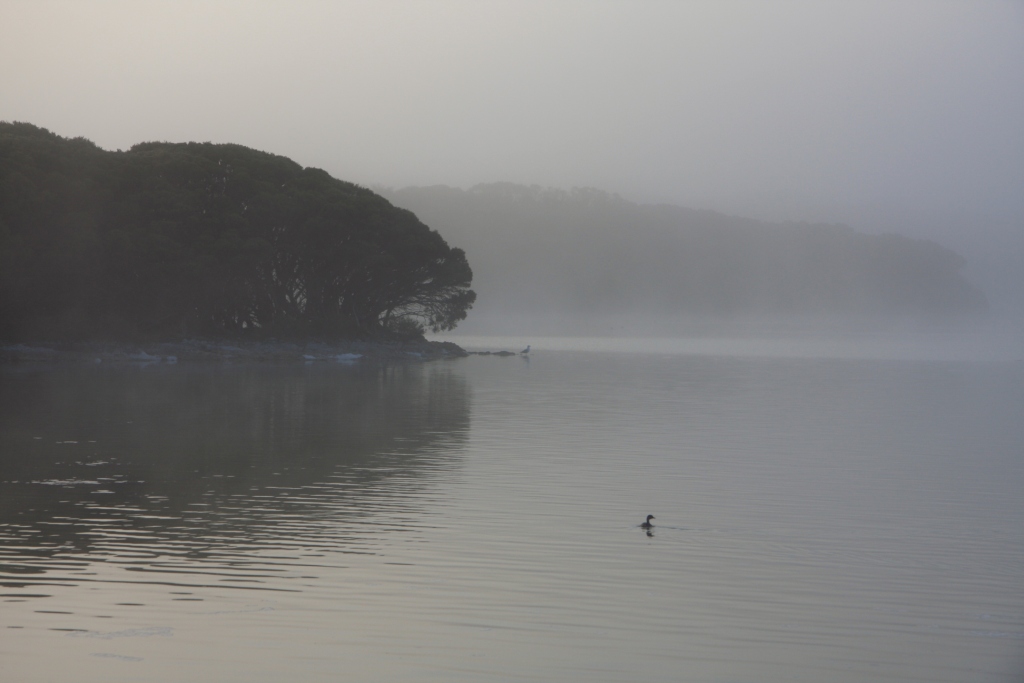Lake Fellmongery
During the mid 1800s, the port of Robe served a large hinterland, extending for about 150 kilometres inland. By far the most important export was wool, with more than £1 million worth of the commodity passing through Robe on its way to London in the ten years from 1856. By-products of the pastoral industry such as tallow and skins were also exported.
For a time, fellmongering was carried out on the shores of Lake Fellmongery, on the outskirts of the town. The process traditionally involved removing wool from sheep skins, washing it, and then drying both the fibre and the skins.
According to local histories, the fellmongery business at Robe may have been prompted by successful attempts to salvage wool from a shipwreck in 1853. The Duilius was the first ship chartered to take wool direct from Guichen Bay to London. She came to grief in the bay during a fierce westerly gale, after her anchors failed. The crew managed to land 183 bales of her cargo, but another 352 stayed in the hold, submerged in seawater. At least some of those bales were retrieved, and then taken to the lake to be washed free of salt.
In 1857, Yorkshire fellmonger Ezra Battye (also spelt Batty), advertised that he was ready to wash and scour wool 'on the most moderate terms'. Twelve years later, Robe's fellmongery was rented by the Guichen Bay Boiling Down and Meat Curing Company, which set up the town's first large-scale processing industry. It slaughtered and rendered down thousands of sheep to produce canned and dried meat, tallow, bone manure, skins and scoured wool. The enterprise folded after twelve months, but the fellmongery continued under the management of John Hotson. In 1870, he employed about 30 men and was hoping to scour about 800 bales that season. Fellmongering continued at Robe until at least as late as the 1890s.
(Researched by Robe community historian Liz Harfull, 2019)
 Image: Lake Fellmongery
Image: Lake Fellmongery
Courtesy: Liz Harfull
